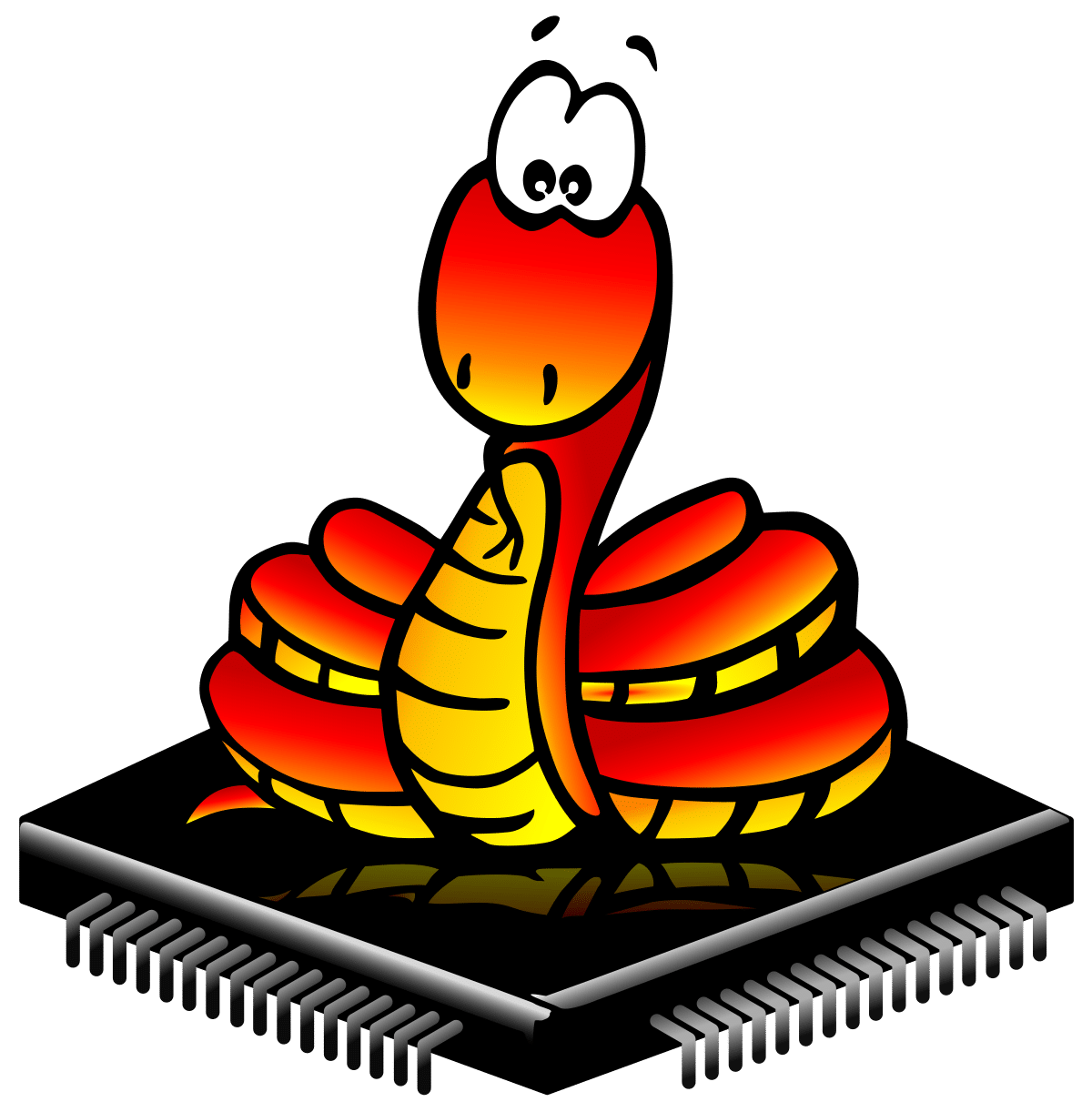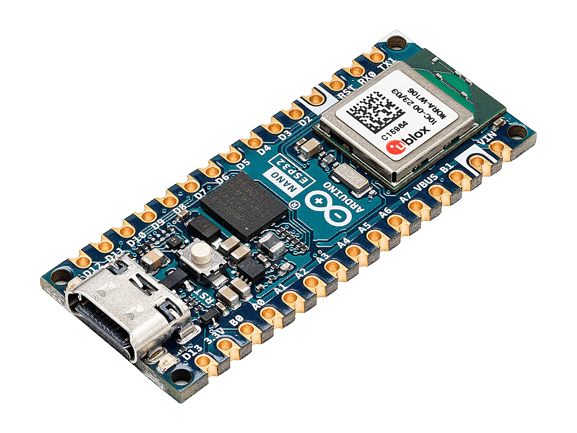Why MicroPython for IoT?
MicroPython is an open-source implementation designed to run Python on microcontrollers and small embedded systems. Its versatility makes it an ideal choice for IoT development, allowing you to work with a wide range of devices and sensors.
MicroPython Programming for IoT: An Introduction:-
Before we dive into IoT applications, let’s begin with the basics. We’ll walk you through the steps to set up MicroPython on your chosen hardware, whether it’s an ESP8266, ESP32, Arduino, or Raspberry Pi.
Getting Started with MicroPython for IoT Development:-
MicroPython simplifies IoT development. We’ll guide you through writing your first MicroPython program, connecting to Wi-Fi, and interacting with sensors and actuators.
Advanced Techniques in MicroPython for IoT Projects:-
To take your IoT projects to the next level, we’ll show you how to integrate MicroPython with the Blynk platform. Monitor and control your devices remotely using Blynk’s user-friendly interface.
Advanced MicroPython Techniques:-
Ready to go beyond the basics? Learn advanced MicroPython techniques, optimize your code, and troubleshoot common issues in your IoT projects.
Conclusion:-
By the end of this guide, you’ll be equipped with the knowledge and skills to create your own IoT projects using MicroPython. Start building your connected world today with MicroPython programming for IoT.
This revised content aims to address the SEO recommendations while maintaining readability and clarity. It introduces the keyphrase early, provides valuable information, and ensures a smoother flow for readers interested in MicroPython and IoT development.
Here’s an example code to make NANO ESP32 interact with the Blynk IoT platform using MicroPython. This code connects the NANO ESP32 to Wi-Fi and sends data to the Blynk server:
pythonCopy code:-
| import network import BlynkLib Connect to Wi-Fi ssid = ‘Your WiFi SSID’ password = ‘Your WiFi Password’ import machine import time Define the GPIO pin connected to the LED led_pin = machine.Pin(2, machine.Pin.OUT) # Use Pin 2, change it according to your wiring Function to toggle the LED on and off def toggle_led(): led_pin.value(not led_pin.value()) Blink the LED in a loop while True: toggle_led() time.sleep(1) # Wait for 1 second |
Replace 'Your WiFi SSID', 'Your WiFi Password', and 'Your Blynk Auth Token' with your actual Wi-Fi credentials and Blynk authentication token.
This code connects to Wi-Fi, establishes a connection to the Blynk server, and sets up a handler to receive data from Blynk on Virtual Pin 1. You can customize this code to suit your specific IoT project needs.

